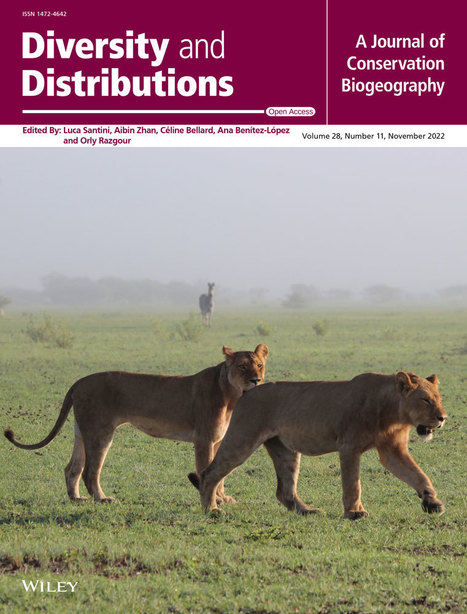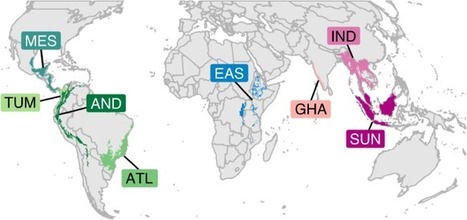Decision-making products that support effective marine spatial planning are essential for guiding efforts that enable conservation of biodiversity facing increasing pressures. Key Biodiversity Areas (KBAs) are a product recently agreed upon by an international network of organizations for identifying globally important areas.
Research and publish the best content.
Get Started for FREE
Sign up with Facebook Sign up with X
I don't have a Facebook or a X account
Already have an account: Login
Revue de presse et du net par le Pôle de partage des connaissances S&T de l'Office français de la biodiversité
Curated by
DocBiodiv
 Your new post is loading... Your new post is loading...
 Your new post is loading... Your new post is loading...
|
|













